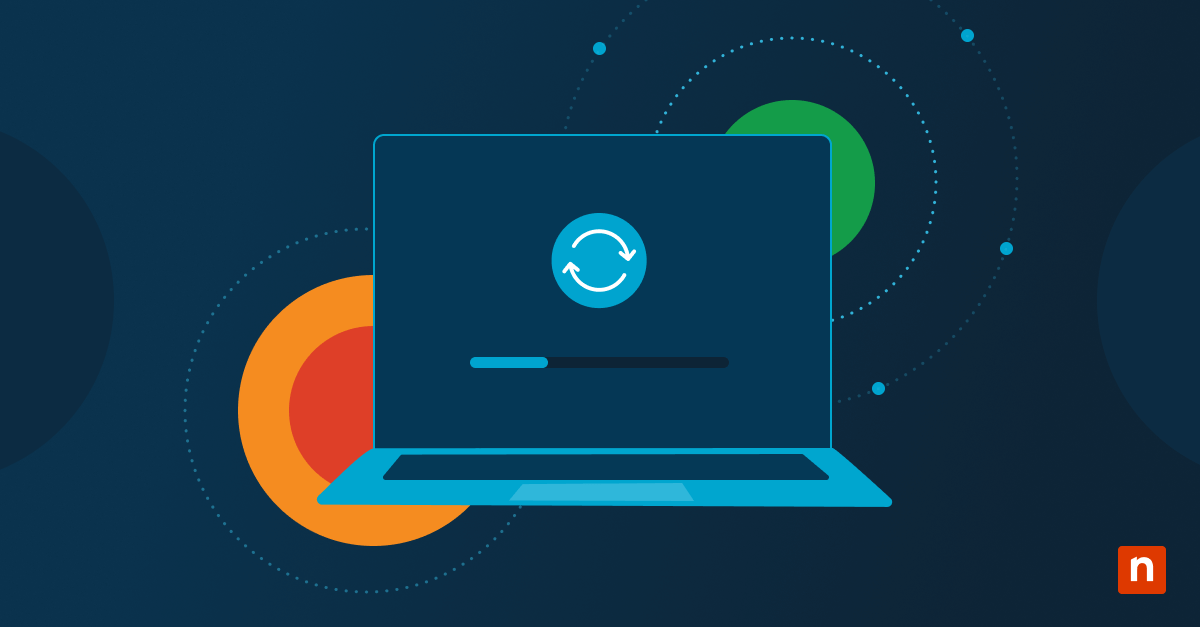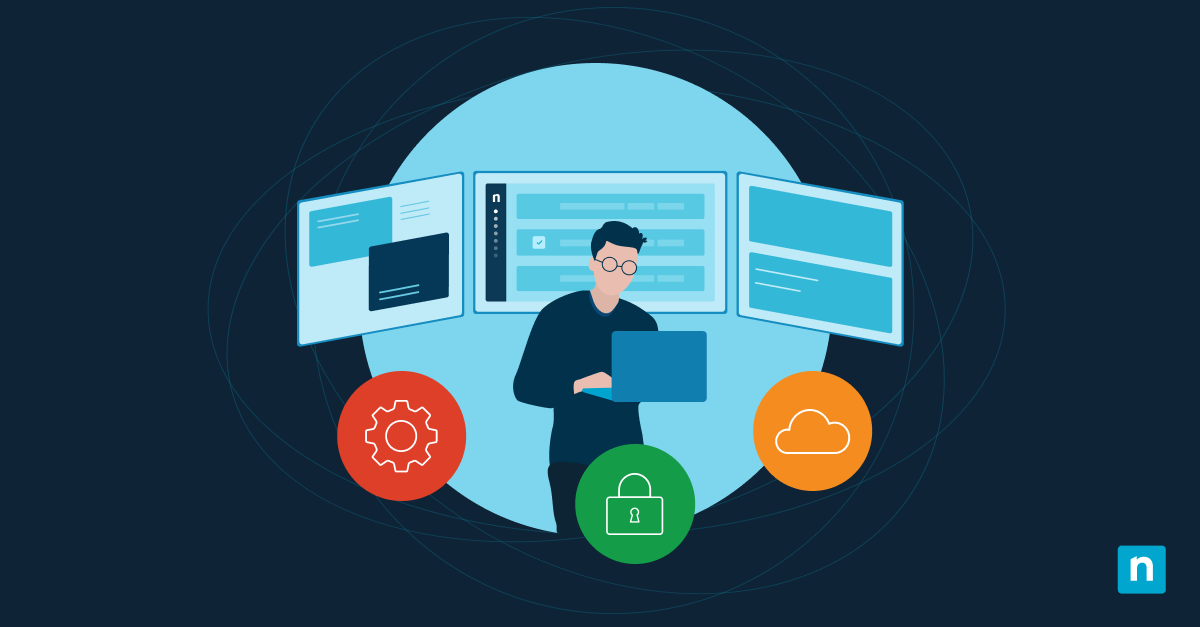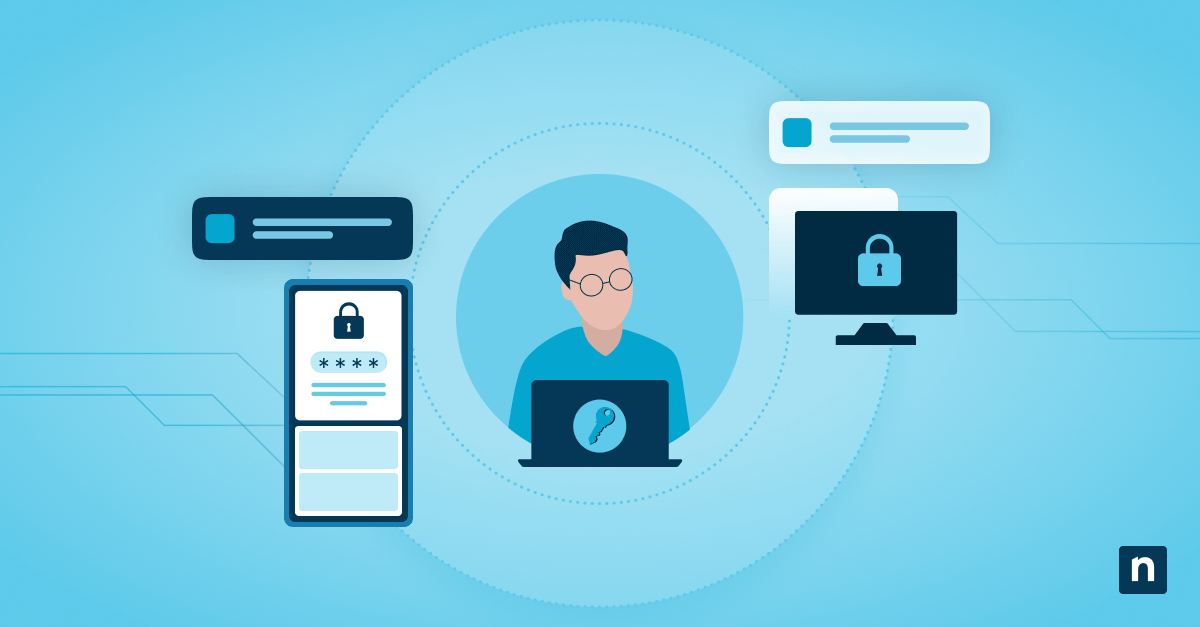Agentic AI vs generative AI – these tools are redefining what’s possible in business and technology. As organizations push the boundaries of automation and creativity, understanding these two AI paradigms is the first step toward unlocking new levels of performance and value.
What is agentic AI?
Agentic AI is an artificial intelligence system designed to act autonomously on your behalf to accomplish specific goals. Unlike traditional AI systems that simply process and analyze data, agentic AI can make decisions, take actions and learn from outcomes without constant human supervision.
Core functions of agentic AI
Agentic AI systems are distinguished by their ability to perform complex tasks with minimal human intervention. When implementing agentic AI in your organization, you’ll benefit from several key capabilities that set this technology apart:
- Environmental awareness: Continuously monitors its environment and responds to changes based on predefined rules and objectives.
- Goal-driven decision-making: Evaluates multiple options and selects the best action aligned with the goals you’ve set.
- Self-improvement: Learns from past interactions using reinforcement learning to adapt and improve over time.
Common use cases
Agentic AI delivers significant value across numerous business applications where autonomous decision-making and action make sense. You’ll find these systems particularly effective in operational scenarios requiring continuous monitoring and response. In IT security, for example, agentic AI serves as a vigilant guard who not only detects intruders but also actively responds to threats according to your security protocols.
Similarly, in supply chain management, agentic AI functions like an experienced logistics coordinator, analyzing inventory levels and demand signals to make real-time adjustments.
What is generative AI?
Generative AI refers to systems designed to create new content, text, images, audio, and video that mimics the quality and style of human output. These models learn patterns from vast datasets and use that knowledge to generate original, high-quality content in response to prompts. Unlike traditional AI, which focuses on analysis or classification, generative AI produces something entirely new, making it a powerful tool for innovation and creative problem-solving.
Key capabilities of generative AI
Generative AI represents a transformative approach to content and solution creation, offering your organization powerful capabilities that extend beyond traditional computational methods:
- Content generation: Quickly produce high-quality text, images, audio, or video from simple inputs. For example, text-to-video platforms can transform written scripts into videos more quickly than traditional production methods, though this approach may involve tradeoffs in quality and creative control.
- Format transformation: Convert content across formats, like turning text into images or speech into text.
- Input completion: Fill in gaps or continue partial inputs based on learned data patterns.
Consider generative AI a creative collaborator with an exceptional memory; it has studied millions of examples and can produce original work inspired by that knowledge.
Common use cases
Generative AI offers your organization powerful tools for content creation, design, and problem-solving across diverse domains. By integrating these systems, you can dramatically accelerate creative workflows and reduce production time.
This is evident across departments:
- Marketing: Feed in brand guidelines and messaging, and instantly generate campaign assets. It can generate ad copy, social content, emails, or even full landing pages ready for review, testing, and iteration in hours, not days.
- Product design: Translate rough ideas into visual prototypes or 3D models at scale, enabling rapid design exploration without manual rendering or repeated revisions.
- Training & simulation: Automatically create dynamic, realistic training scenarios, such as customer support conversations, emergency responses, or system failures, tailored to specific roles and learning outcomes.
Agentic AI vs. generative AI in IT
Understanding how advanced AI systems operate requires a closer look at three critical dimensions: decision-making and autonomy, adaptability in dynamic environments, and integration with existing IT workflows. Each plays a key role in determining how AI can support, scale or transform your operations.
Let’s break down what these capabilities mean in practice and how they impact implementation.
Decision-making and autonomy
The decision-making capabilities represent one of the most significant distinctions between these AI approaches. With agentic AI, you’re implementing systems designed to evaluate situations independently and take appropriate actions without your direct involvement. These systems continuously monitor conditions, apply decision frameworks, and execute responses according to priorities you’ve established.
Generative AI operates differently in your decision processes. Rather than making autonomous choices, generative systems produce options based on your specific inputs, leaving the final decision-making to you or your team. This approach gives you greater control over outcomes while still benefiting from AI-powered innovation and efficiency.
Adaptability in dynamic environments
How your AI systems respond to changing conditions significantly impacts their effectiveness in modern IT environments. Agentic AI demonstrates strong adaptability through its ability to adjust behaviors based on environmental feedback. When you deploy agentic systems, they continuously evaluate results against objectives, modifying their approach as conditions change.
Generative AI adapts differently to your changing requirements. Rather than autonomously adjusting to environmental changes, these systems adapt through your explicit direction and new inputs. When your needs change, you provide different parameters or examples, and the generative system produces new outputs accordingly.
Integration with IT workflows
When incorporating agentic AI into your workflows, you’ll need to establish clear operational boundaries, monitoring systems, and override protocols. These systems typically require integration points that allow them to access operational data and execute actions.
Generative AI integrates differently, functioning more as a tool within your existing processes rather than an autonomous actor. You’ll need to establish input mechanisms that allow team members to effectively prompt the system and workflows for reviewing and implementing the generated outputs.
Choosing the right AI for your organization
Selecting between agentic AI vs. generative AI requires a strategic approach that aligns technology capabilities with your specific business objectives. The optimal choice depends on whether you need systems that can independently execute tasks or tools that can create content and solutions based on your direction.
Assessing business needs
When determining which AI approach best serves your objectives, consider these essential factors:
- Identify whether your primary challenges involve operational efficiency (favoring agentic AI) or content/solution creation (suggesting generative AI).
- Consider your team’s capacity for oversight, as agentic AI requires different monitoring approaches than generative AI implementations.
- Evaluate your tolerance for autonomous decision-making versus your need for human approval in critical processes.
Evaluating scalability and support
The long-term viability of your AI implementation depends significantly on scalability considerations and ongoing support requirements. When evaluating agentic AI solutions, you’ll need to assess how the system’s decision-making capabilities will scale across multiple processes or departments. Consider whether the autonomous behaviors will remain appropriate as the scope of implementation expands.
For generative AI implementations, your scalability assessment should focus on content volume, variety, and quality consistency as usage increases. You’ll need to consider how the system will maintain performance standards when handling diverse requirements from multiple teams simultaneously.
The future of AI in IT strategy
As AI systems continue to evolve, their role in IT strategy will shift from support functions to strategic enablers. Expect to see tighter integration with human teams through more intuitive interfaces, explainable AI models that build trust, and learning systems that adapt to your unique workflows and business priorities.
The next wave of AI will actively contribute to decision-making, scenario planning, and innovation. For IT leaders, this means rethinking where AI fits — not just as a tool but as a collaborator that can shape outcomes, surface new opportunities, and drive long-term value.








